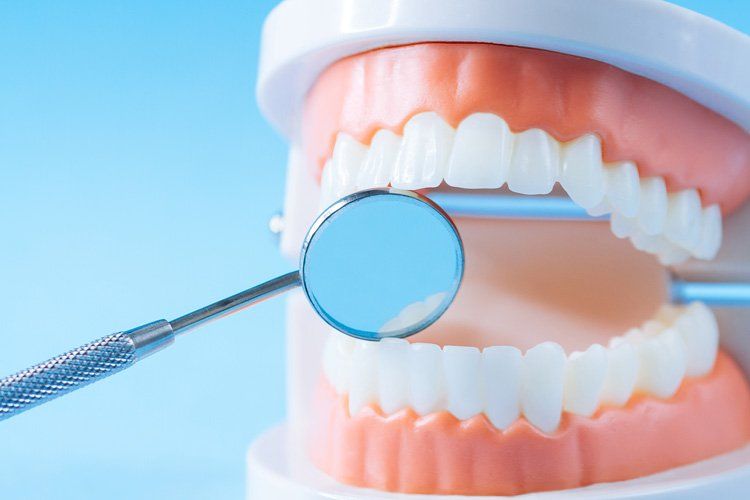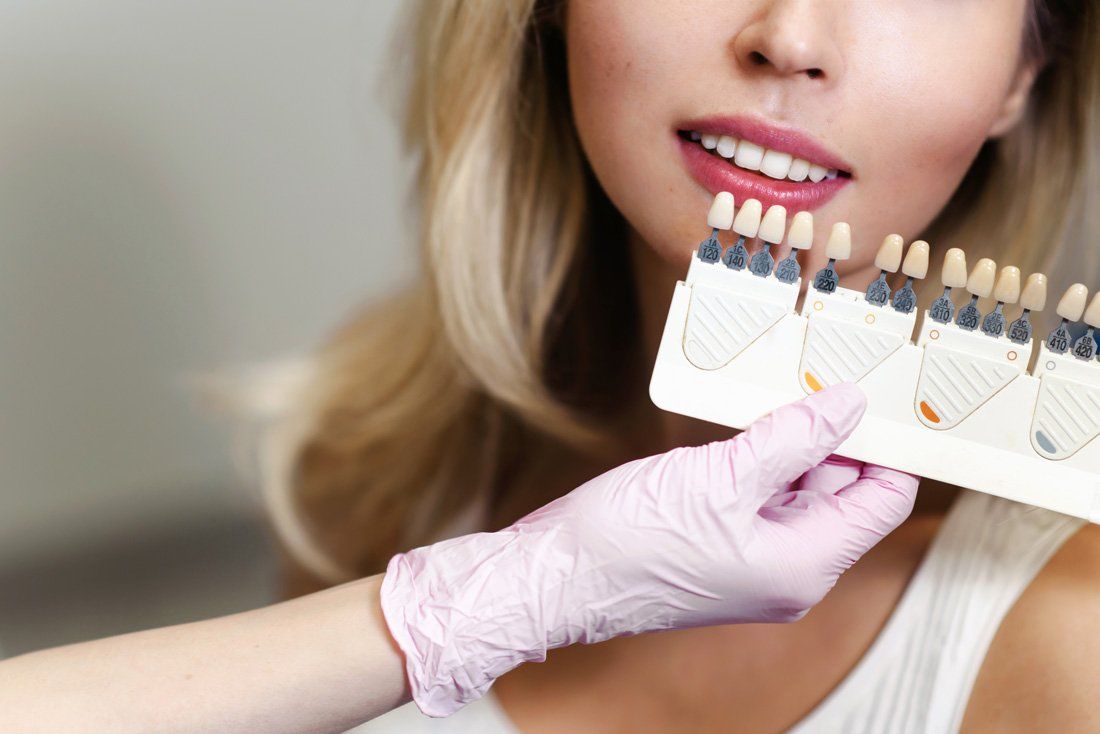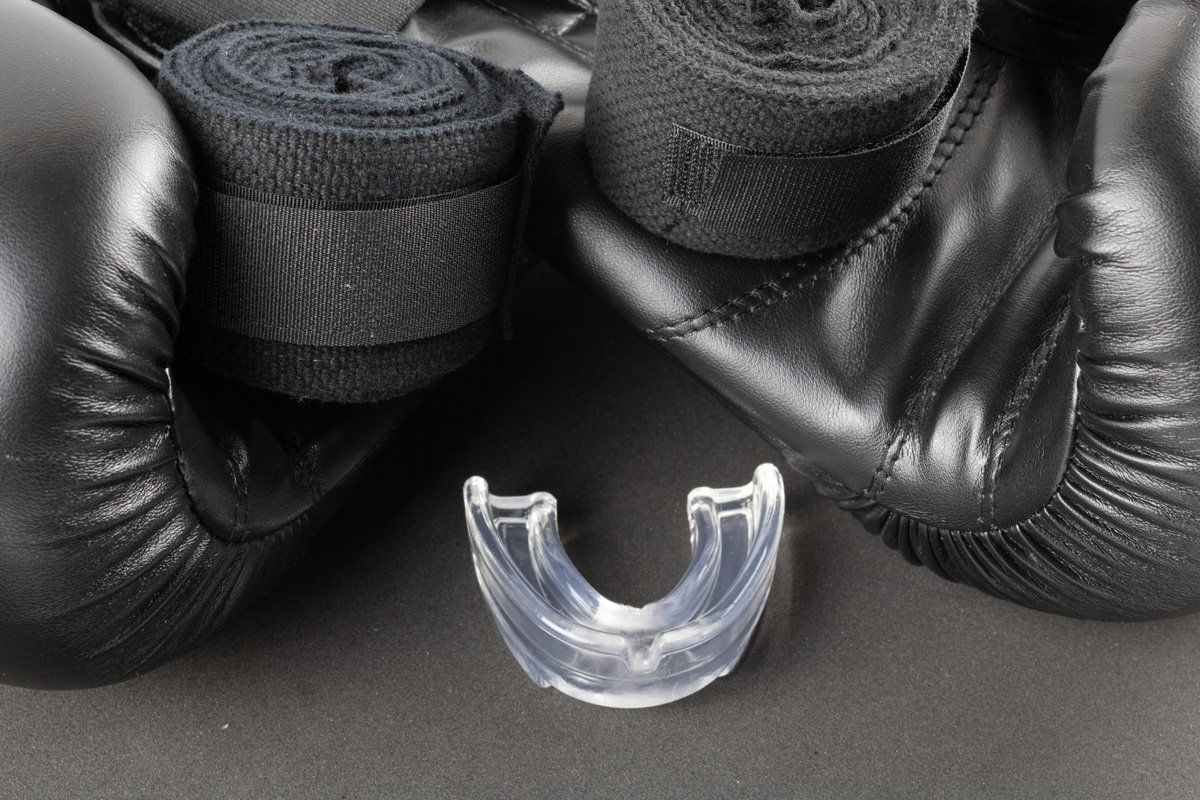Dental Implants In Birmingham
Implants, Dentures & Bridges
Giving You A Smile To Be Proud Of
Great Reviews
We strive to provide the best treatment available using the most up to date technology
Fully Trained
Experienced Dentists
Superb Services
From Invisalign to home teeth whitening and general dentistry, we are the ones you need
Dental Implants with St John's Dental Practise
Having a tooth extracted can be a traumatic experience leading to feelings of insecurity and self-consciousness. However, there are a number of treatment options available to restore the function and appearance.
An unrestored extraction space can not only look unsightly but also makes eating certain foods difficult and can destabilise the adjacent tooth alignment. This in turn can lead to further dental treatment being necessary.
We are registered users of Densply, Astratech, Straumann and several other dental implant systems. We are able to maximise the final result by choosing the system most appropriate for your case.
Option 1 – Dental Implant
What is a dental implant?
An implant is a small titanium screw that is placed into the jawbone to replace the missing tooth root. Once healed the implant acts as a base for fixing a crown, bridge or even a denture.
Advantages:
• Better quality of life
• Improvement in natural and aesthetic appearance
• Healthy teeth are not cut down
• It provides a long term solution
• Stability and reliability
Considerations:
• Treatment times variable depending on the complexity of the case
• Initial costs may be higher, however in many cases implants offer a more economical solution in the long term
• Smoking or poor dental hygiene may affect the success of dental implant treatment
Option 2 – Partial Dentures
Advantages
• Gives the impression of having teeth
• Can aid eating certain kinds of foods
• Easily modified
Considerations
• Less support and stability than secured / fixed options
• Food can collect under denture
• May affect speech
• Can be uncomfortable to wear
Option 3 – Bridge
A bridge is two or more ceramic teeth fused as a single section that is fixed to at least one of the adjacent teeth. Often the bridge is fixed at both ends and there are two supporting or abutment teeth to replace a single missing tooth.
Advantages
• Natural appearance
• Improves function
• Permanently fixed
• Initially a cheaper alternative to dental implants
Considerations
• Lifetime maintenance costs may be higher than dental implants
• Bone & gum deterioration may occur under the gap
• Nothing is replacing the functional support of the missing root
Get in touch with us now to find out more.
A Comprehensive Range of Treatments
At St John’s we are a dedicated team who provide a comprehensive range of treatment, which include aesthetics, implants, emergency service and the provision of lifelong care that caters for your needs.
Keep Smiling & Contact
St. Johns Dental Practice Today!












